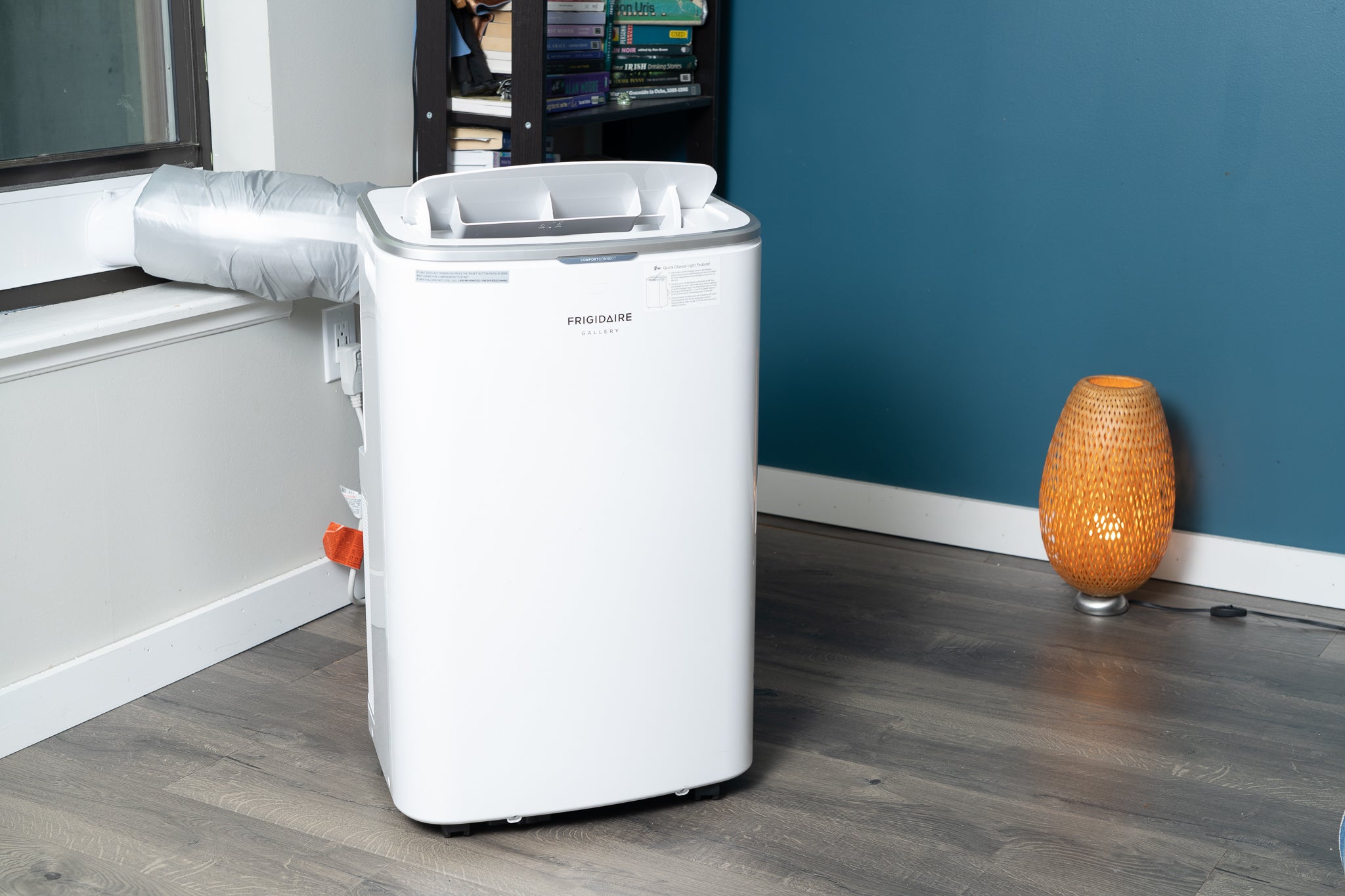

Articles
How To Store Portable Air Conditioner
Modified: February 25, 2024
Learn the best ways to store your portable air conditioner with our informative articles. Keep your unit safe and protected during the off-season.
(Many of the links in this article redirect to a specific reviewed product. Your purchase of these products through affiliate links helps to generate commission for Storables.com, at no extra cost. Learn more)
Introduction
Portable air conditioners are a convenient and efficient solution for cooling individual rooms or small spaces. They offer flexibility and convenience, allowing you to move them to different areas in your home or office as needed. However, there may come a time when you need to store your portable air conditioner, whether it’s because the season has changed or you simply want to free up space in your living area.
In this article, we will guide you on how to store your portable air conditioner properly. We will cover important aspects such as choosing the right location, preparing the area, cleaning and maintenance, storing the exhaust hose, packaging and moving the unit, and storing it in the off-season. By following these steps, you can ensure that your portable air conditioner remains in good condition and is ready to be used again when needed.
So let’s dive in and learn how to store your portable air conditioner effectively!
Key Takeaways:
- Properly storing your portable air conditioner is crucial for maintaining its longevity and performance. Follow these steps to choose the right location, prepare the area, clean and maintain the unit, store the exhaust hose, package and move the unit, and store it during the off-season.
- By following the guidelines for storing your portable air conditioner, you can ensure that it remains in good condition and ready for use when needed. Proper storage and maintenance will help extend the lifespan of your unit and ensure efficient cooling for years to come.
Read more: How To Drain A Portable Air Conditioner
Choosing the Right Location
Before storing your portable air conditioner, it’s crucial to choose the right location. This will ensure that your unit remains in optimal condition during storage and is protected from potential damage. Here are some factors to consider when selecting the storage location:
- Indoor storage: It’s best to store your portable air conditioner indoors, preferably in a dry and cool area. This could be a storage room, basement, or garage. Avoid storing it in areas prone to high humidity or extreme temperatures, as this can damage the components of the unit.
- Avoid direct sunlight: Sunlight can cause discoloration, fading, and deterioration of the components of your portable air conditioner. Choose a storage location away from windows or areas where sunlight can directly reach the unit.
- Keep away from moisture: Moisture can cause mold and mildew growth, leading to unpleasant odors and potential damage to the unit. Avoid storing your air conditioner near water sources or in damp areas.
- Consider space restrictions: Ensure that the storage location has enough space to accommodate the size of your portable air conditioner. Allow for proper ventilation and easy access to the unit.
By selecting the right storage location, you can protect your portable air conditioner from environmental factors that could potentially cause damage or decrease its performance. Once you have identified the ideal storage spot, it’s time to prepare the area before storing your unit.
Preparing the Area
Preparing the storage area for your portable air conditioner is essential to ensure the unit remains in good condition during its time in storage. Follow these steps to properly prepare the area:
- Clean the area: Before bringing your portable air conditioner into the storage space, make sure to clean the area thoroughly. Remove any dust, debris, or obstructions that may be present. This will help maintain a clean environment for your unit and prevent any potential damage caused by dirt or dust accumulation.
- Clear the space: Create enough space in the storage area to ensure proper ventilation and to prevent any obstacles from blocking the airflow around the unit. Clear away any objects or clutter that may be in the way.
- Check for pests: Inspect the storage area for any signs of pests, such as mice or insects. Take necessary measures to eliminate or prevent pests from entering the area. You can use pest control methods, such as traps or repellents, to ensure that your unit remains pest-free during storage.
- Provide adequate insulation: If you are storing your portable air conditioner in a garage or other areas that are not temperature-controlled, consider insulating the area to protect it from extreme temperature fluctuations. Use insulation materials, such as weatherstripping or insulation foam, to help regulate the temperature.
By properly preparing the area, you can create a clean and suitable environment for storing your portable air conditioner. Once the area is ready, you can proceed with cleaning and maintaining your unit before storage.
Cleaning and Maintenance
Before storing your portable air conditioner, it’s important to clean and perform basic maintenance on the unit. This will help prolong its lifespan and ensure that it functions properly when you’re ready to use it again. Follow these steps for cleaning and maintenance:
- Disconnect the power: Before cleaning the unit, make sure to disconnect it from the power source. Unplug the power cord from the electrical outlet to avoid any potential accidents or electrical hazards.
- Clean the filters: Remove the filters from the portable air conditioner and clean them. You can use a vacuum cleaner or wash them with mild detergent and water. Allow the filters to dry completely before reattaching them to the unit. Clean filters help maintain proper airflow and improve the efficiency of your air conditioner.
- Wipe the exterior: Use a soft cloth or sponge dampened with mild soap and water to clean the exterior of the unit. Gently wipe away any dirt, dust, or stains. Avoid using abrasive cleaners or harsh chemicals, as they can damage the surface.
- Inspect the vents and coils: Check the vents and coils for any dust or debris buildup. Use a soft brush or a can of compressed air to remove any accumulated dirt. This will ensure proper airflow and prevent any performance issues.
- Check for leaks: Inspect the unit for any leaks or water damage. Look for any signs of moisture or pools of water around the base or connections. If you notice any leaks, address the issue before storing the unit to prevent further damage.
- Perform basic maintenance: Refer to the user manual for any specific maintenance tasks recommended by the manufacturer. This may include lubricating moving parts or tightening connections. Following the manufacturer’s instructions will help keep your portable air conditioner in optimal condition.
By cleaning and performing basic maintenance on your portable air conditioner, you can ensure that it remains in good working order during storage. Once you’ve completed these steps, you can move on to storing the exhaust hose properly.
When storing a portable air conditioner, make sure to clean the filters and coils, drain any excess water, and store it in a dry, well-ventilated area to prevent mold and mildew growth.
Storing the Exhaust Hose
The exhaust hose of your portable air conditioner plays a crucial role in venting out hot air. It’s important to properly store the exhaust hose to avoid any damage or deterioration. Follow these steps to store the exhaust hose:
- Remove the exhaust hose: Carefully detach the exhaust hose from the back of the portable air conditioner. Gently twist and pull it out to disconnect it from the unit.
- Clean the exhaust hose: Inspect the exhaust hose for any dirt, debris, or dust. Use a vacuum cleaner or a soft brush to clean the hose thoroughly. This will ensure that it is free from any obstructions that can hinder its performance.
- Roll and secure: Roll the exhaust hose carefully into a neat coil. You can use cable ties or Velcro straps to secure the coiled hose and prevent it from unraveling during storage. Make sure not to kink or bend the hose excessively, as this can cause damage.
- Find a storage container: Look for a suitable storage container to keep the exhaust hose. It can be a clean cardboard box, a plastic container, or any other container that can provide protection and keep the hose in good condition during storage.
- Label the container: To easily identify the exhaust hose later, label the storage container with a clear marker or label. This will help you locate it when you need to set up your portable air conditioner again.
- Store in a dry place: Place the coiled exhaust hose into the storage container and store it in a dry location. Choose an area where it won’t be subject to moisture or extreme temperatures.
By following these steps, you can ensure that the exhaust hose of your portable air conditioner is stored properly, minimizing the risk of damage and ensuring its effectiveness when you need it next.
Read more: How A Portable Air Conditioner Works
Packaging and Moving the Unit
When it comes to storing your portable air conditioner, properly packaging and moving the unit is essential to ensure its safety and protection. Follow these steps to package and move your portable air conditioner:
- Gather necessary materials: Prepare the materials needed for packaging, including packing tape, bubble wrap, foam padding, and a sturdy box. These materials will provide cushioning and protection during transportation and storage.
- Disconnect and clean: Before packaging the unit, make sure to disconnect it from the power source and clean it as mentioned in the previous steps.
- Wrap the unit: Wrap the portable air conditioner with bubble wrap or foam padding to provide an extra layer of protection against scratches or other damage. Secure the wrap in place with packing tape.
- Secure the components: If your unit has removable components such as the remote control or window installation kit, pack them separately to prevent any loss or damage. Place them in a sealed bag and label it for easy identification.
- Place in a sturdy box: Select a sturdy and appropriately sized box to contain the wrapped air conditioner. Ensure that there is enough space for the unit and any additional components. Use packing material, such as foam peanuts or crumpled paper, to fill any empty spaces inside the box to prevent movement during transit.
- Tape and label the box: Use strong packing tape to seal the box securely. Label the box with clear, visible markings indicating the contents and “Fragile” if necessary. This will help ensure careful handling during transportation and storage.
- Use proper lifting techniques: When moving the packaged air conditioner, use proper lifting techniques to avoid strain or injury. If the unit is heavy, ask for assistance or use equipment such as a dolly to transport it safely.
By following these steps, you can ensure that your portable air conditioner is appropriately packaged and moved to its storage location without any damage. Now, let’s discuss how to store the unit during the off-season.
Storing in the Off-Season
When the off-season arrives and you no longer need to use your portable air conditioner, it’s important to store it properly to maintain its performance and longevity. Follow these steps to store your unit during the off-season:
- Clean and maintain: Before storing your portable air conditioner, make sure to clean and perform any necessary maintenance tasks as mentioned earlier in this article. This will help ensure that your unit is in good condition during storage.
- Remove the water: If your portable air conditioner has a built-in dehumidifier or condensate collection system, make sure to empty the water storage tank. This will prevent any stagnant water from causing damage or developing mold and mildew.
- Turn off and unplug: Ensure that the portable air conditioner is turned off and unplugged from the power source before storing it. This will help prevent any accidental operation and conserve energy.
- Store in a clean, dry area: Find a clean, dry storage location where your unit will be protected from moisture, extreme temperatures, and dust. A dedicated storage area, such as a storage room, basement, or garage, is ideal for keeping your portable air conditioner in good condition.
- Keep it elevated: To prevent any potential damage from water or pests, consider elevating your portable air conditioner off the ground. Use a sturdy platform or pallet to keep it raised and protected.
- Cover for additional protection: If desired, you can further protect your portable air conditioner by covering it with a breathable fabric cover or plastic sheet. This will help keep it clean and shield it from dust and debris.
- Regularly check: While your unit is in storage, periodically check on it to ensure that it’s still in good condition. Look for any signs of moisture, pests, or damage. If necessary, perform maintenance tasks or make repairs before using the unit again.
By following these steps, you can store your portable air conditioner safely and effectively during the off-season. When the time comes to use it again, you can set it up with confidence, knowing that it has been properly stored and maintained.
Conclusion
Storing your portable air conditioner properly is essential to ensure its longevity and performance. By following the steps outlined in this article, you can safely store your unit during the off-season or when you no longer need to use it. Here’s a quick recap of what we covered:
- Choose the right location for storage, preferably indoors and away from direct sunlight.
- Prepare the storage area by cleaning it, clearing space, and ensuring proper insulation.
- Clean and maintain your portable air conditioner, including filters, vents, and coils.
- Store the exhaust hose by cleaning it, rolling and securing it, and using a suitable storage container.
- Package and move your unit carefully, using appropriate materials and proper lifting techniques.
- Store your portable air conditioner in a clean, dry area, elevated off the ground if possible.
- Consider covering the unit for additional protection, and regularly check on it during storage.
By following these guidelines, you can ensure that your portable air conditioner remains in good condition and ready for use when needed. Proper storage and maintenance will help extend the lifespan of your unit and ensure efficient cooling for years to come.
Remember, always refer to the manufacturer’s instructions for specific guidelines on storing your portable air conditioner. Each unit may have slight variations in requirements, so it’s important to follow their recommendations. With proper storage, your portable air conditioner will be ready to bring you cool comfort whenever you need it.
Frequently Asked Questions about How To Store Portable Air Conditioner
Was this page helpful?
At Storables.com, we guarantee accurate and reliable information. Our content, validated by Expert Board Contributors, is crafted following stringent Editorial Policies. We're committed to providing you with well-researched, expert-backed insights for all your informational needs.
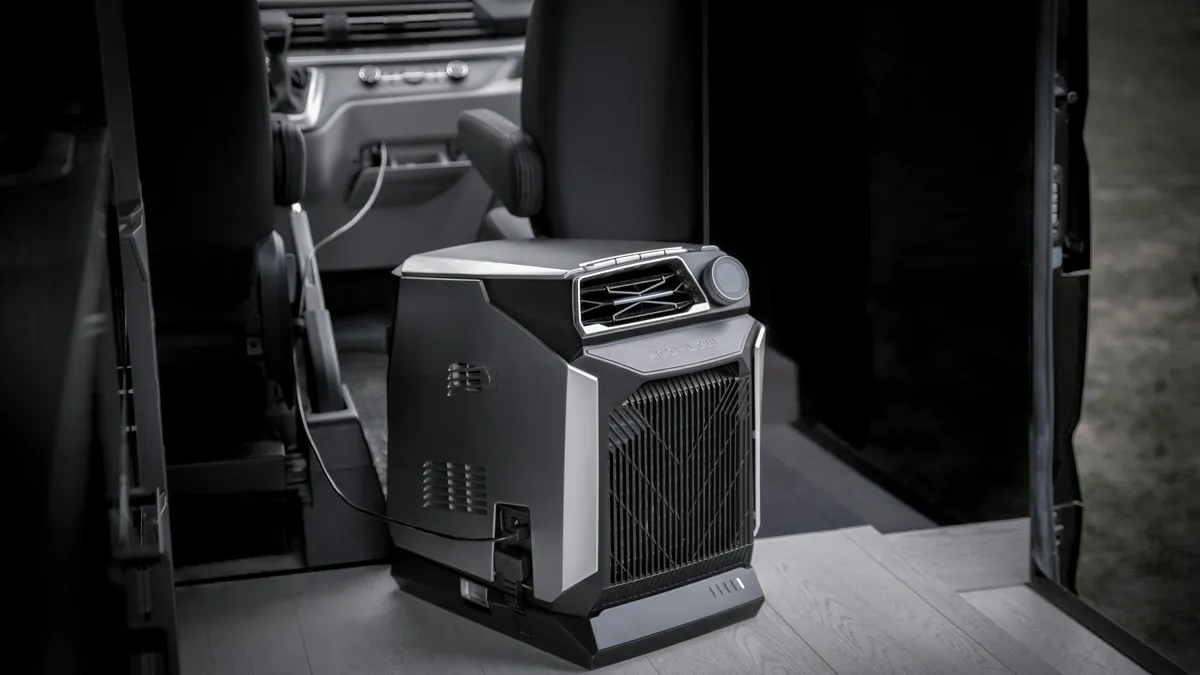
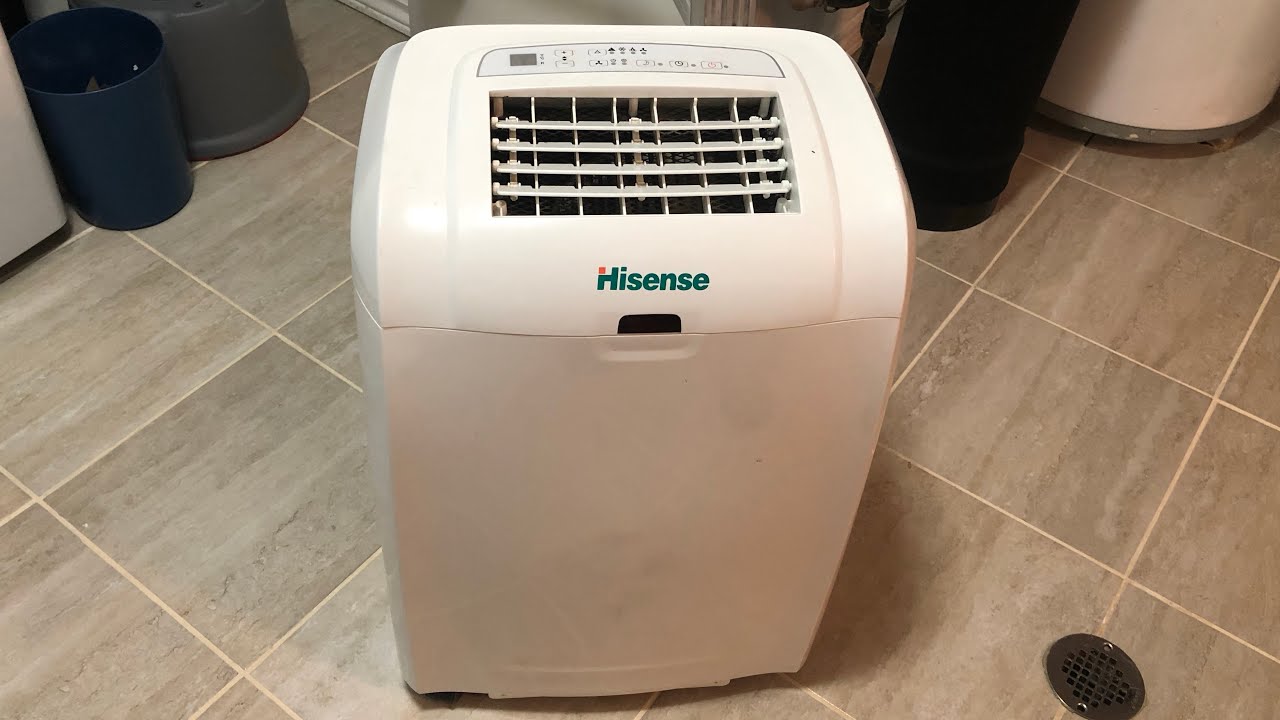
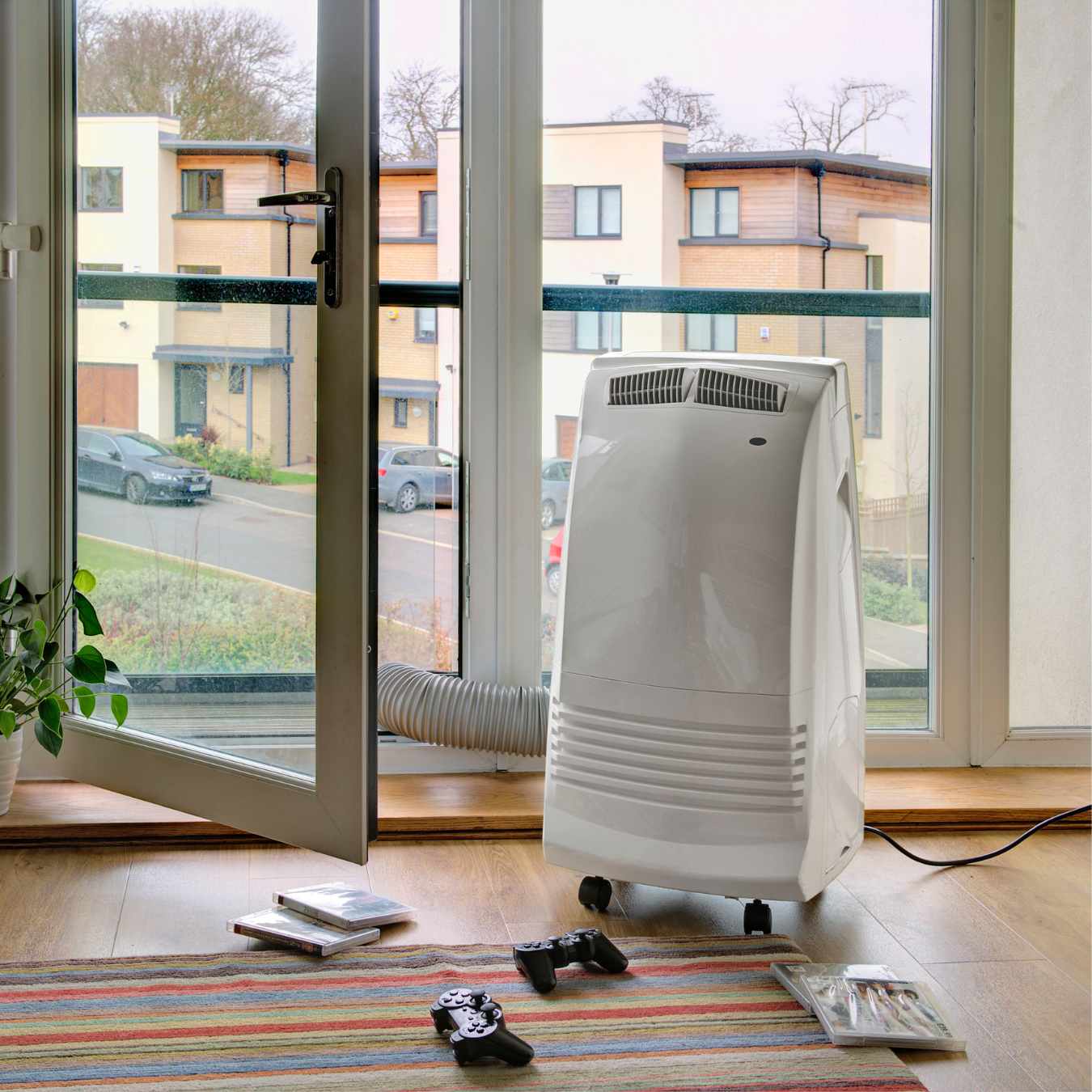
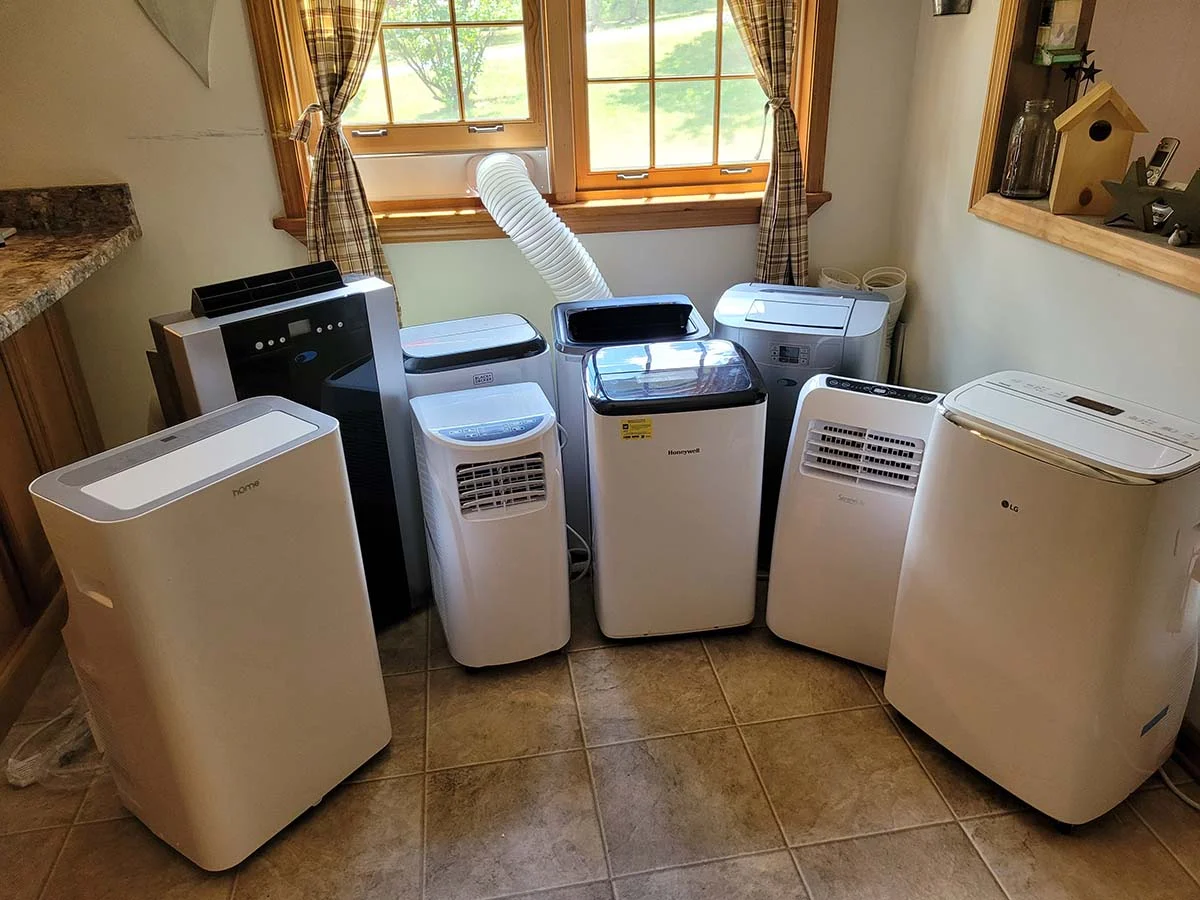
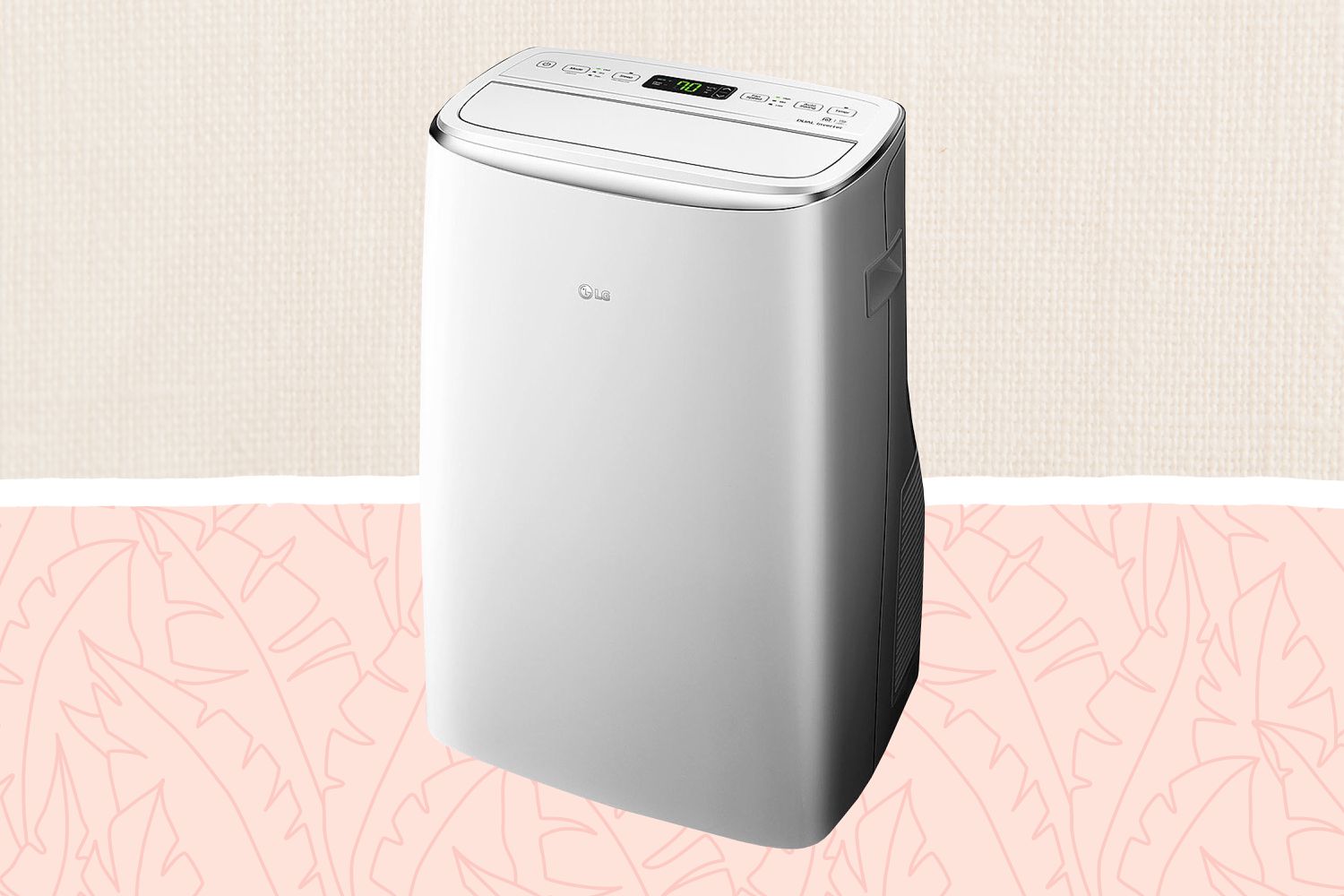
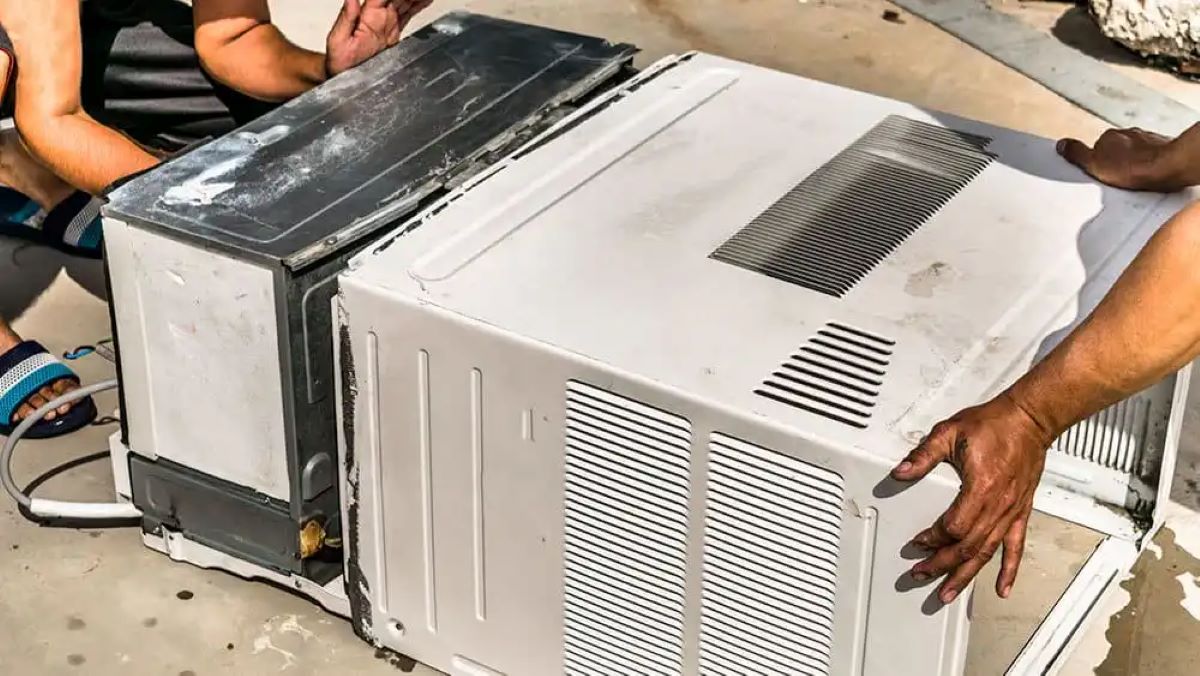
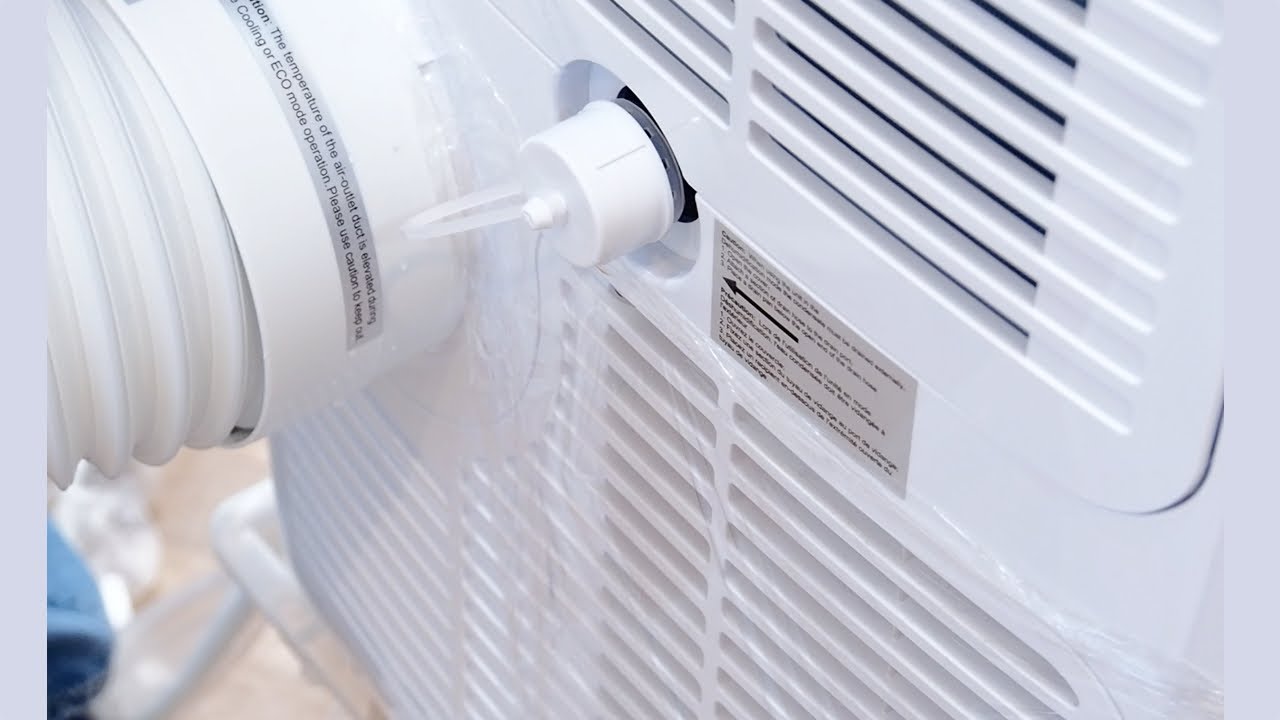
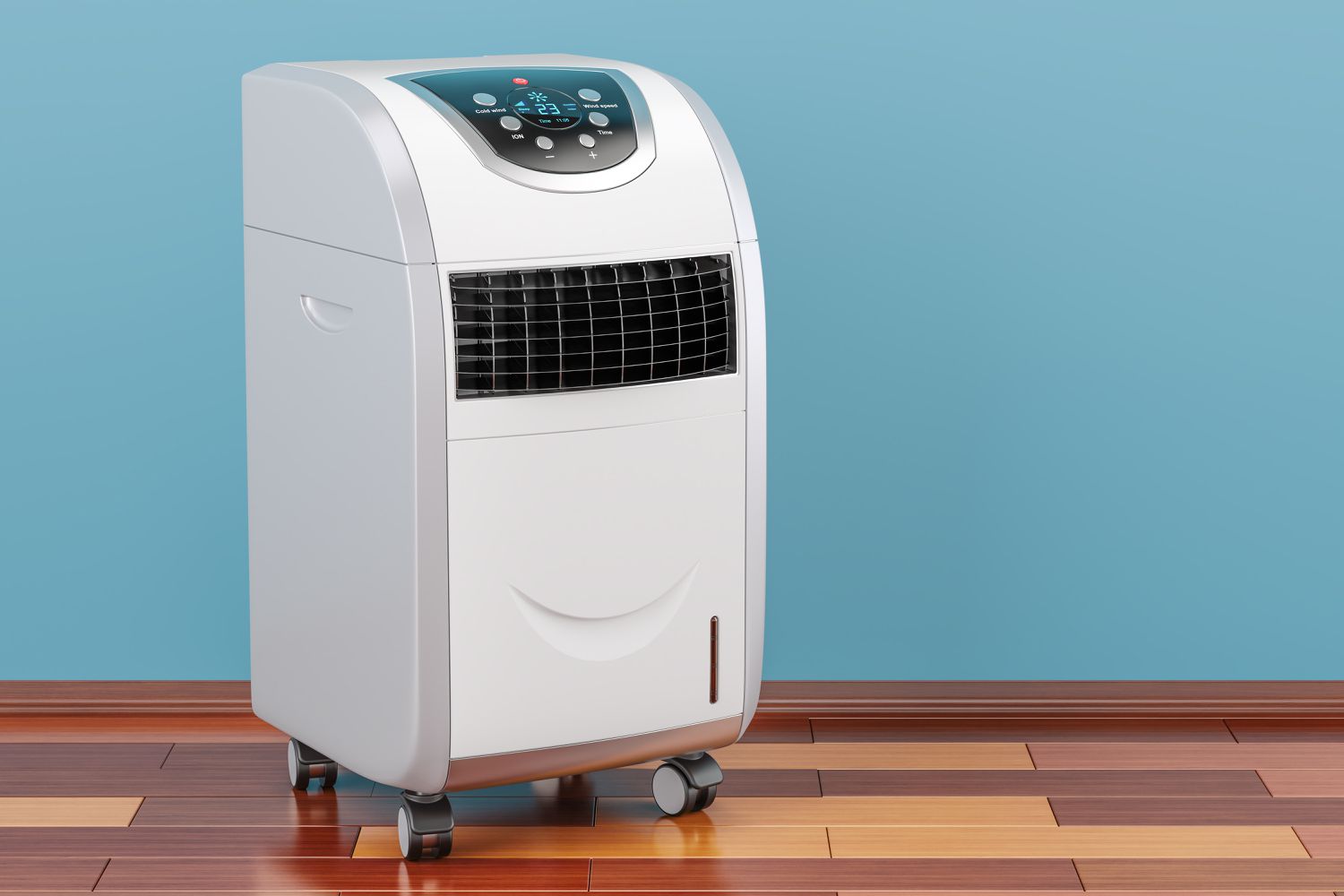
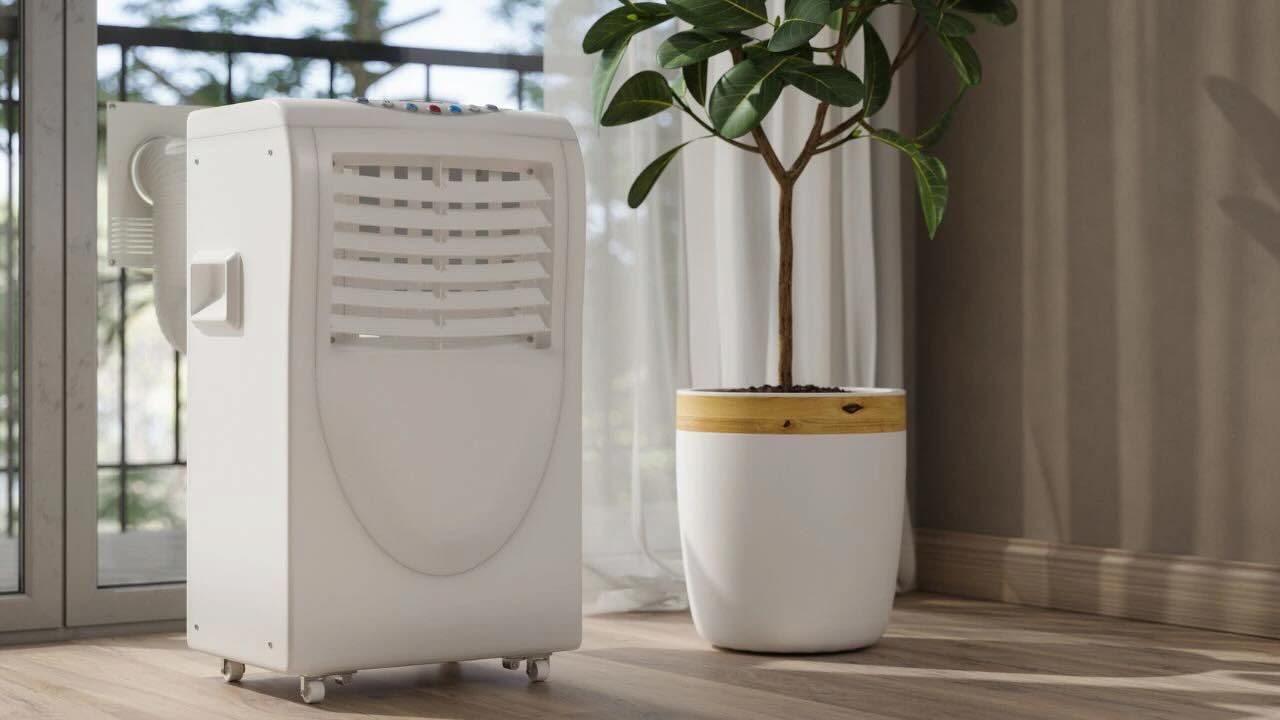
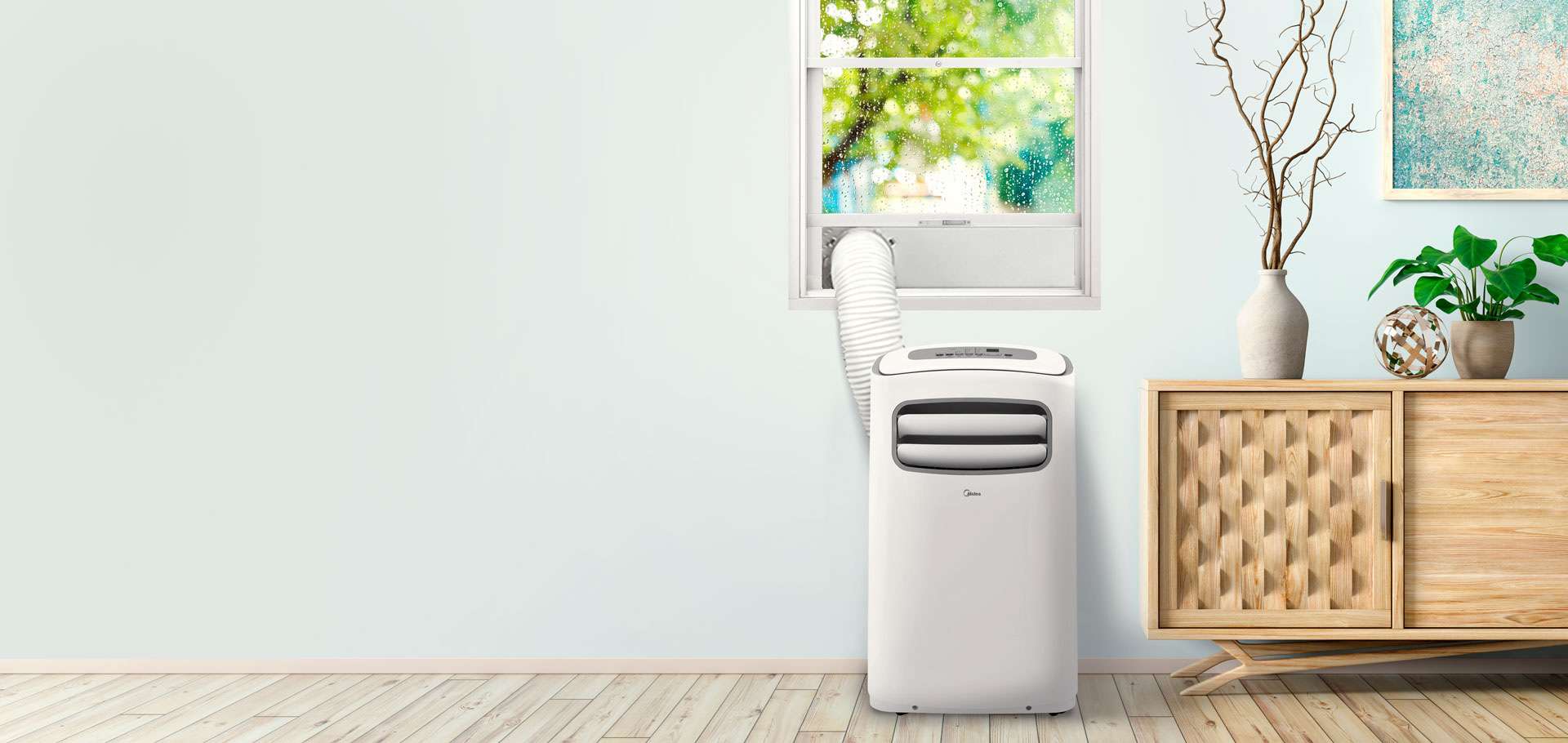
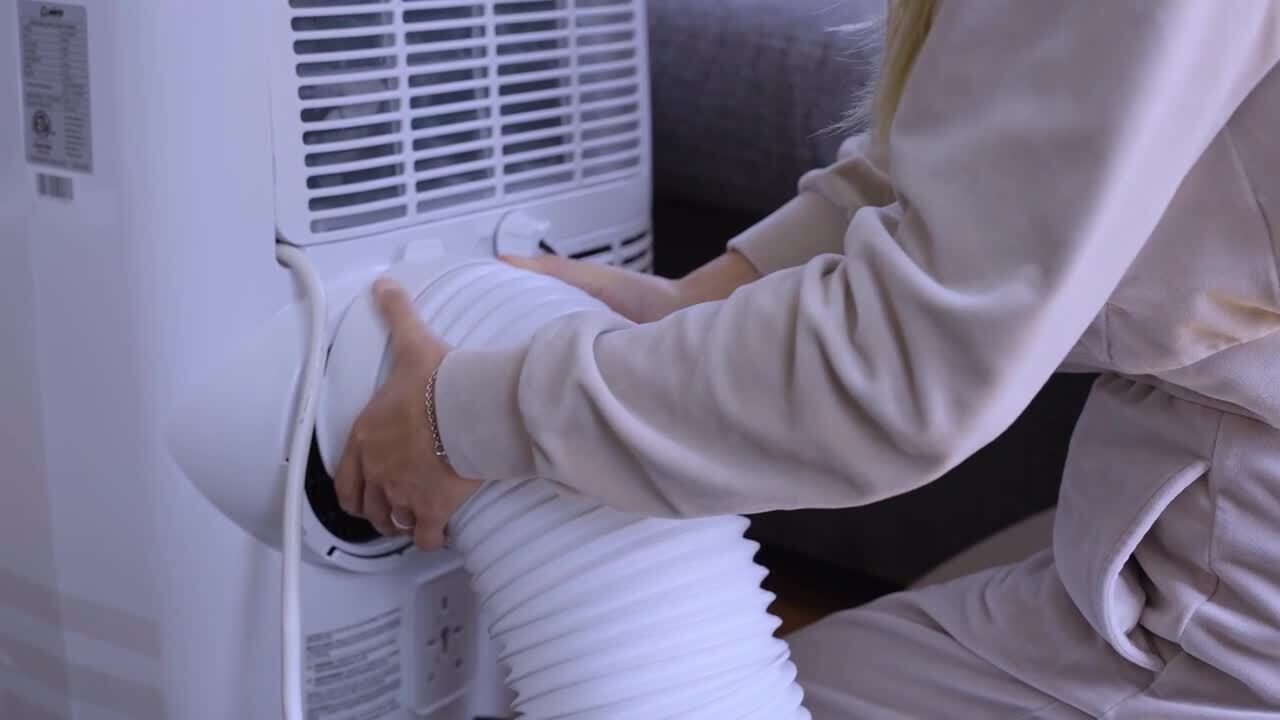
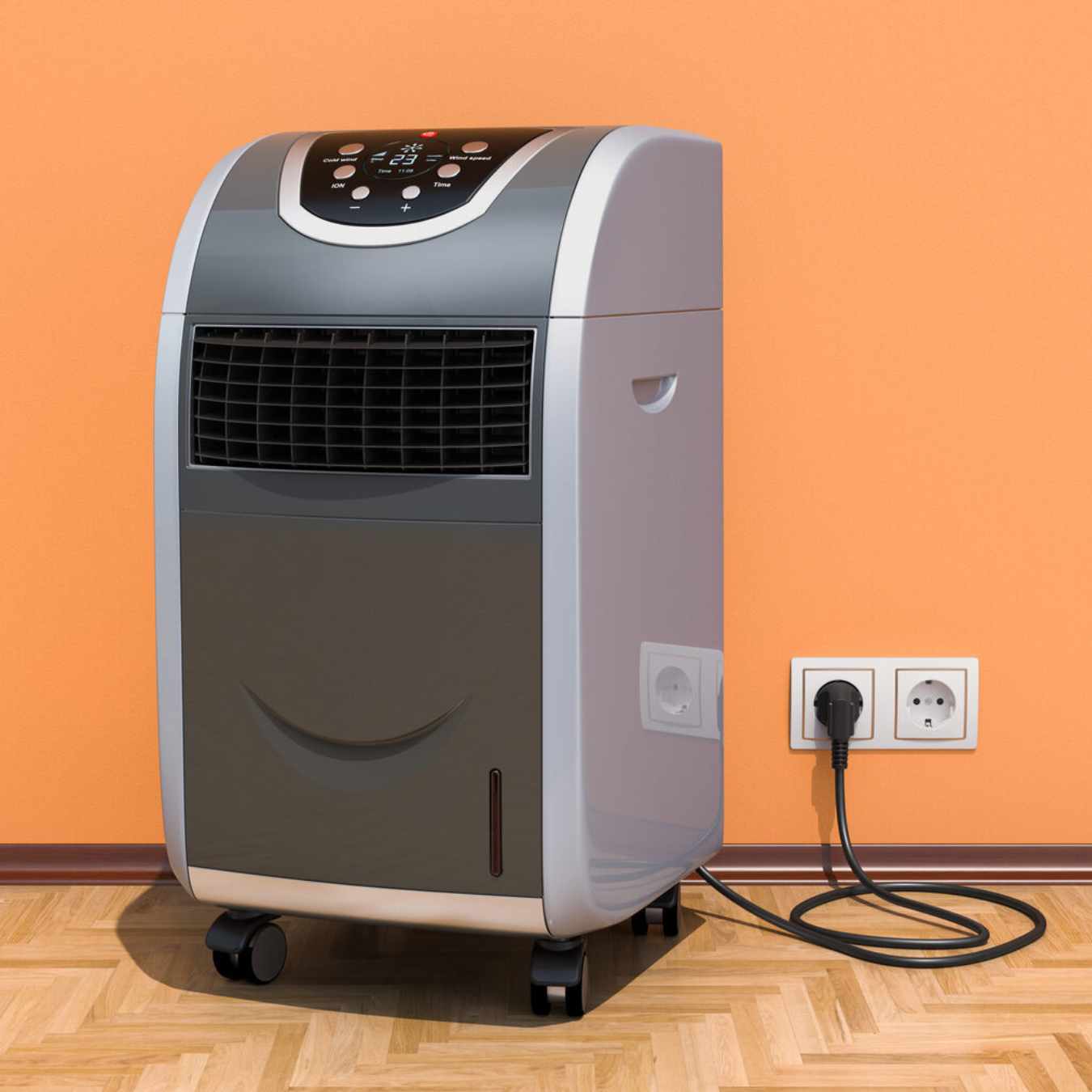
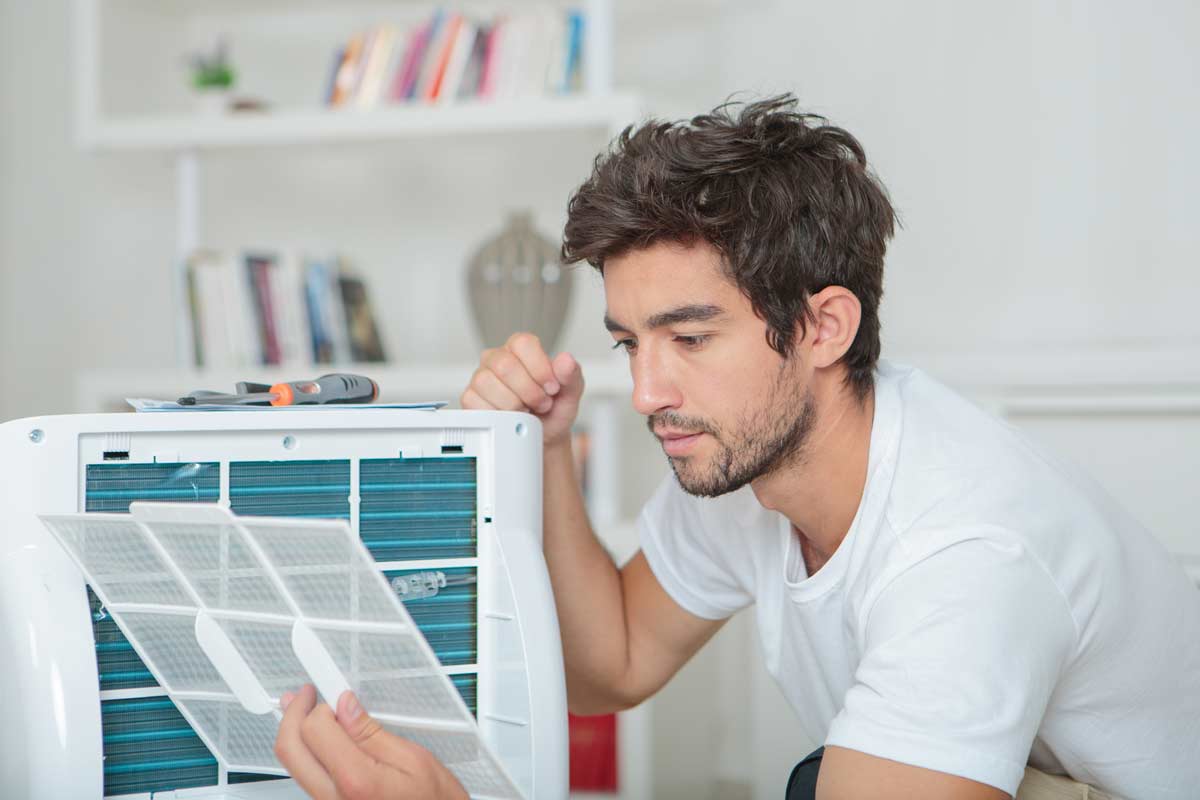
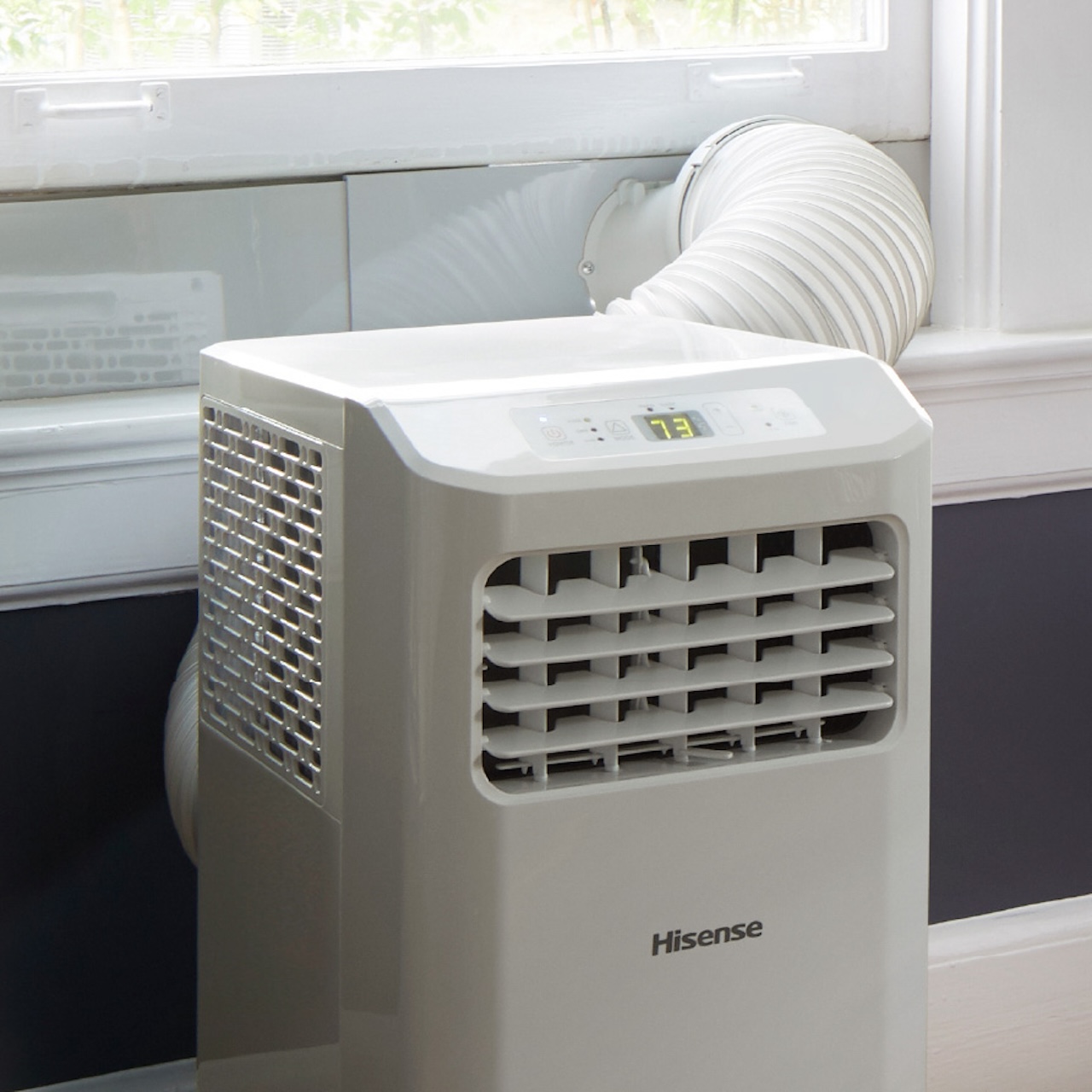

0 thoughts on “How To Store Portable Air Conditioner”